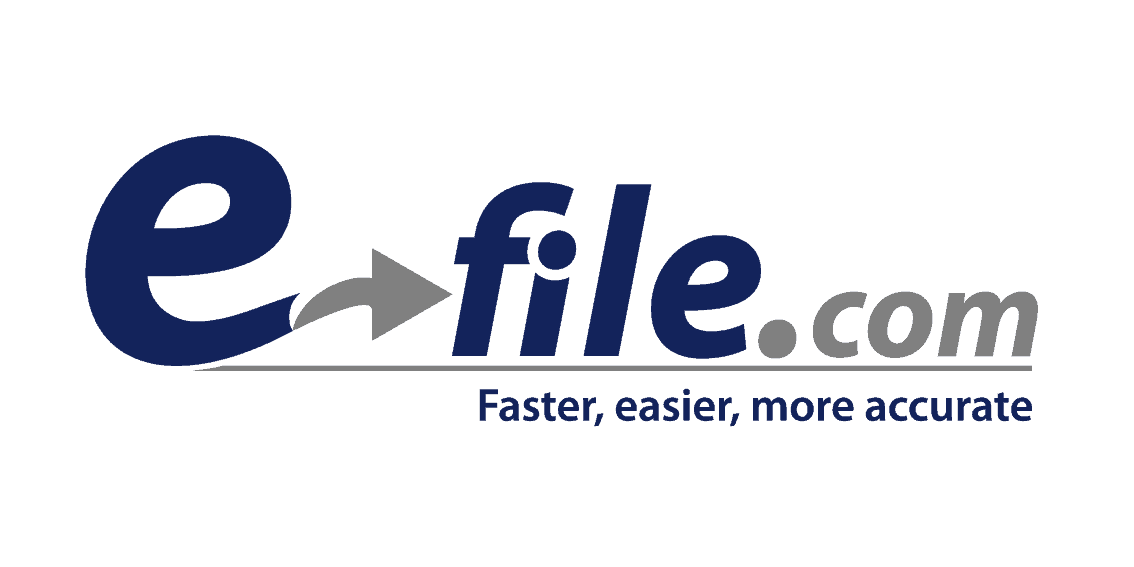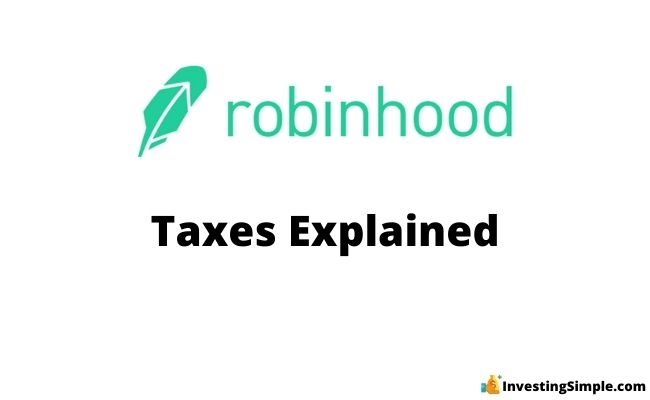





With the vast number of new online trading companies, many are left wondering how taxes will work come April.
With Robinhood, it is actually fairly simple. In mid February, you will be able to download all relevant tax documents, which you can then present to your CPA or use when you file online.
So, how do taxes work with Robinhood? How are capital gains and dividends handled? And where can I download my tax documents?
In this article, we answer those questions and more! Let's get started.
Don't forget to grab your free stock worth up to $200 from Robinhood today!
Robinhood is a popular "all-in-one" investing app.
While they are most well-known for their commission free stock trading, they've recently shaken up the Retirement Investing World too.
Introducing Robinhood Retirement; home of the biggest IRA match on the market.
Here's what you need to know:
And don't worry, this comes with a Portfolio Builder Tool. You don't have to construct your investment portfolio from scratch if you don't want to.
Lastly, you'll even get a free stock worth up to $200 when you open a new Robinhood account using our link.
Robinhood, as well as other online investing platforms, is required by federal law to report your investment activity for the year to the IRS annually.
When you open a Robinhood investing account, you give them your social security number, which will be used to report your investment income or losses to the IRS.
Keep in mind Robinhood will not mail you paper copies of your tax documents. You will only find them online. Robinhood will, however, send an email alerting you that your tax documents have been prepared for you.
Once you receive your tax forms from Robinhood, it will be your responsibility to report this information on your tax return.
In a regular taxable brokerage account, any sell trades resulting in a gain or loss will incur a taxable event.
If you profit on the sale of the security it will result in a capital gain.
If there is a loss then you will have a capital loss.
There will be tax implications either way. Capital gains are subject to taxation, and capital losses can be used to offset gains or even offset ordinary income as a write-off.
First, all capital losses are used to offset capital gains, assuming there are excess gains then you will have to pay taxes on that income.
If you had $5,000 of capital gains and $3,000 of capital losses, you would now have just $2,000 of capital gains to pay taxes on.
Capital gains and losses are categorized as short-term or long-term.
Short-term gains will be taxed at your ordinary-income tax rate.
Long-term gains are taxed at either 0%, 15%, or 20% depending on your ordinary income tax bracket.
In a nutshell, you pay less in taxes by holding investments longer. Short-term capital gains are from investments you own for 1 year or less. Long-term capital gains are for investments you own for over 1 year.
So, in the case of Robinhood, any investments you sold that you held onto for longer than a year will be long term capital gains. Any investments that you sold on Robinhood that you held for 1 year or less will be short term capital gains.
Then, any losses you incurred that year will offset those long and short term capital gains. If you are at a loss for the overall year for Robinhood, you can offset up to $3,000 of your ordinary income. If your loss exceeds $3,000 you can roll it forward for future tax years.
With Robinhood, you can earn both ordinary and qualified dividends.
Ordinary dividends are taxed at your ordinary-income tax rate.
Qualified dividends are certain dividends from US companies that qualify to be taxed at the long-term capital gains rate. You also have to meet a minimum holding period. A few common investments that DO NOT qualify for this are REITs and MLP's. These have their own unique tax treatments.
All tax documents will be available in Mid-February for the previous tax year. So, the 2021 tax forms will be available Mid-February 2022.
To download larger documents, it is best to use Robinhood’s web browser.
You have the option to view your documents in the app as well. Before doing this, make sure you have the most updated version of the app.
The steps to do so are as follows:
Tax Loss Harvesting is a strategy that investors use to offset some of their capital gains. For example, suppose you have a particular stock that has not performed well. If you were to sell that position at a loss, you would be able to offset your gains with that same loss.
However, if you’re thinking about selling assets in your portfolio at a loss in order to claim a tax benefit you should be aware of wash sale provisions.
The IRS has a “wash-sale” rule in place that disallows harvesting losses for tax purposes.
A wash sale is when you sell a security at a loss and then buy that same security or one that is nearly identical within 30 days. The IRS will deny this loss as a way to stop people from purposefully incurring large tax losses.
You can't buy the same or a similar asset after 30 days.
If you are ready to start filing your taxes, you can file your federal return for free using E-File!